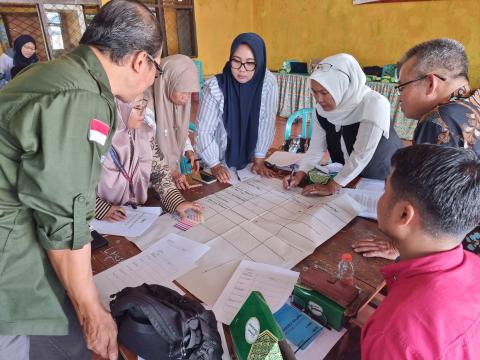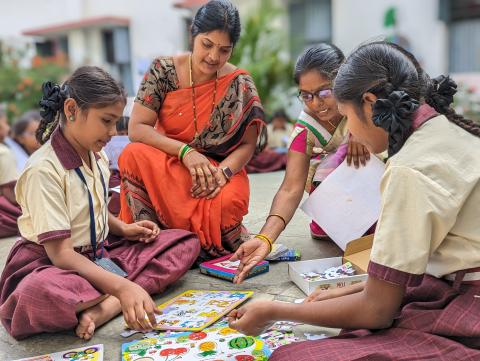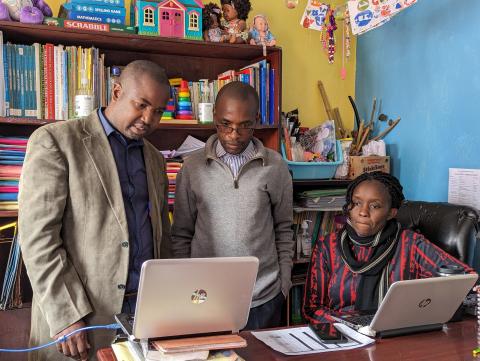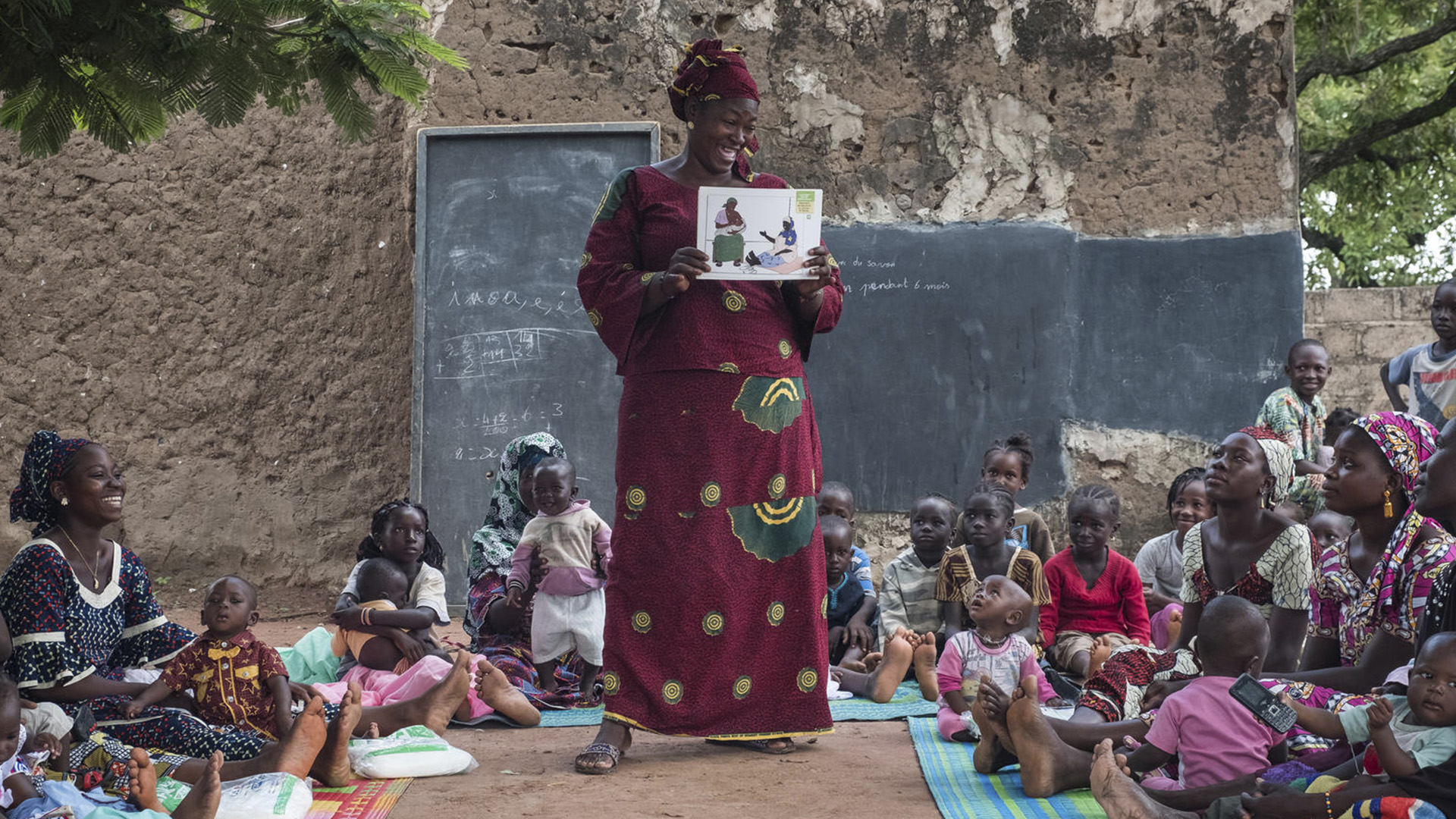“I have observed how my male colleagues are treated and how I am treated as a woman school leader. When people walk into the office, often they say ‘Hello!’ to me and then say ‘I want to speak to the Director of the school’. I have to clarify with them that they can speak to me,” recounts a school leader of a low-fee private school in Nairobi, Kenya.
In Global Majority countries, many societal factors coupled with policies hinder the entry, growth, and acceptance of women school leaders. To shine a light on this important interplay between gender and school leadership, Global School Leaders (GSL) convened the “Role of Gender in School Leadership” webinar series that brought together important voices in education working toward gender equity. Panelists leaned into their experience to deepen the insights from GSL’s “Evidence Review 2024: A Review of Research on Gender in School Leadership”, which analyzes 50+ studies on gender and school leadership across Asia, Latin America, and Africa.

School leaders participating in a training program in Indonesia. Courtsey - Global School Leaders
Here are some key takeaways:
Impact of Women School Leaders on Educational Outcomes
Women tend to be effective instructional leaders, adopt leadership practices tailored to address the needs of teachers and students, and help reduce the gender gap in school enrollment and dropouts.
Franco Mosso, CEO and Co-Founder of Enseña Perú shared that their school leadership training program revealed that women school leaders exhibit a more collaborative and inclusive leadership style - actively listening to and collaborating with students, teachers, parents, and the wider community.
Eline Versluys, Education Manager at UNGEI, highlighted how women school leaders are particularly effective in creating spaces for dialogue and addressing social issues such as gender-based violence and student safety, allowing students to focus on their education. Other panelists also discussed how women school leaders serve as role models for girl students, positively influencing their educational journey and career aspirations.
A teacher speaking to a student in Brazil. Courtesy - Global School Leaders
Underrepresentation of Women School Leaders
Data from five international surveys shows that women account for only 26% of the overall proportion of school leaders in low-income countries, compared to 53% in high-income countries.
To address this, Vongai Nyahunzvi, CEO of the Alliance for Women and Girls, called out the need to dig into the mindsets and power imbalances that historically plague cultures of Global Majority countries.
In Latin America, where education is seen as a traditionally ‘feminized’ sector with a healthy proportion of women teachers, the percentage of women school leaders progressively drops from early education to secondary school and university levels, according to Gala Díaz Langou, Executive Director of CIPPEC. Systemic issues such as a lack of transparent recruitment policies, professional development opportunities, and inadequate platforms for networking and mentorship contribute to their underrepresentation. Socio-cultural norms and expectations, including childcare responsibilities, also hinder them from pursuing school leadership roles.

A foundational literacy and numeracy session in India. Courtesy - Global School Leaders
Forging an Equitable Way Ahead
There is demonstrable evidence that improving the representation of women school leaders can boost student learning outcomes, retention, and equity in schools. However, this requires dialogue and collaboration to disrupt societal and systemic barriers.
Equitable administrative and policy frameworks are crucial starting points for bolstering women’s representation in school leadership. Policies such as merit-based recruitment, continuous professional development, networking and mentorship, care services, and support for the safety and mental well-being of school leaders are recommended to address this. Webinar panelists also emphasized learning from other countries and co-creating policies with the government. For instance:
- A peer-support mentorship program in Ghana connects experienced and retired women school leaders with those early in their careers to enhance support.
- The Gender Equality in Education Snapshot (GES) by UNGEI provides a visual overview of the status of gender equity in education across regions. Tools like the GES help start conversations and make it possible to review data on policies and gaps alongside Ministries of Education to co-create targeted policies for equitable education systems.
While equitable policies can help address the issues related to the recruitment, promotion, and professional development of women school leaders, improving the representation of womenschool leaders can lead to more equitable school environments and provide positive role models for future generations.

School leaders of a private school in Kenya. Courtesy - Global School Leaders

 English
English العربية
العربية Български
Български Hrvatski
Hrvatski Čeština
Čeština Dansk
Dansk Nederlands
Nederlands Suomi
Suomi Français
Français Deutsch
Deutsch Ελληνικά
Ελληνικά हिन्दी
हिन्दी Italiano
Italiano Română
Română Русский
Русский Español
Español Maltese
Maltese Zulu
Zulu አማርኛ
አማርኛ